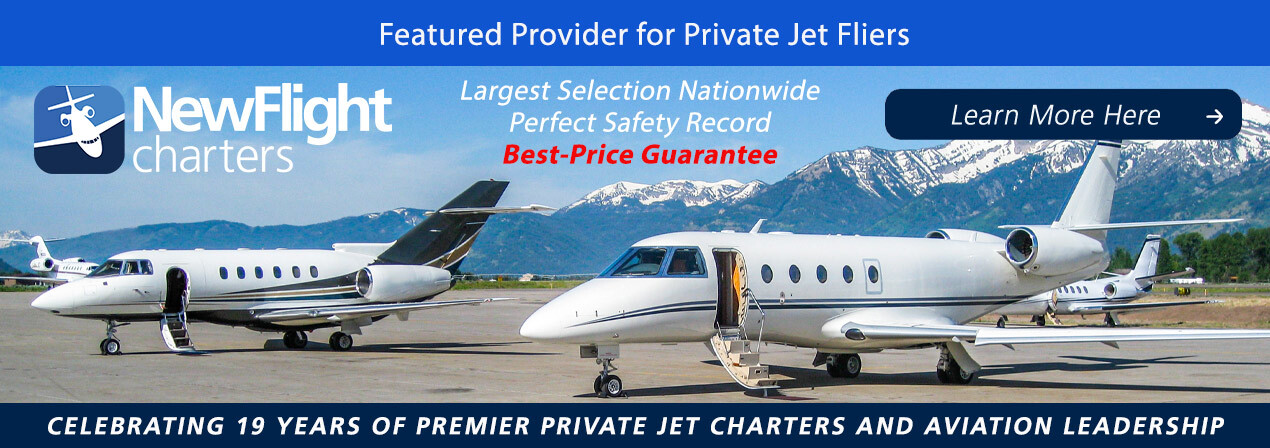Fred George and Business & Commercial Aviation just published an in-depth look at the new Cessna’s Citation M2 from Textron Aviation. It’s the third iteration of the CitationJet which debuted in 1992.
The M2 is luring considerably more buyers than some competitors for very compelling reasons noted below. With deliveries beginning in late 2013, including 60 aircraft last year and more than two dozen delivered to date in 2015, there are now more than 95 aircraft in the fleet.
That’s an impressive record for a low-risk, lean-budget derivative’s entry into what’s still a tepid market. Many times, clean-sheet designs get all the attention. With this aircraft, it was attention to detail that mattered.
Little has changed in the M2’s airframe compared to the original CitationJet. It retains the 58-in. inside diameter, circular cross-section fuselage of the original 1971 Citation 500, a semi-monocoque structure fabricated from conventional aluminum alloys, using rivets, fasteners and adhesive bonding. Composites are used to save weight in fairings, the nose radome and other non-load-bearing components.
What is important for charter customers?
The M2 is 22 kt. faster than the CJ1+ and 53 kt. faster than the Embraer Phenom 100E at FL 410, assuming standard-day temperatures and 9,000-lb. cruise weights. In August, Textron Aviation announced a boost in maximum takeoff field elevation to 14,000 ft. The M2’s more-powerful Williams FJ44 turbofans are the reason.
10 M2’s are available for charter; 9 throughout the US and 1 in Germany. All are listed with operator and details in FlightList PRO.
The M2 seats 6 passengers, including a 4-place club, with a side-facing seat across from the entry door and a belted lavatory seat.
The cabin features an automatic pressurization controller that provides up to 8.5 psi of differential pressure, sufficient to maintain an 8,000-ft. cabin altitude at FL 410, the aircraft’s maximum cruise altitude. The DC-powered, vapor-cycle air conditioner may be operated anytime in flight or by the right generator or GPU on the ground. Thus, the cabin can be cooled on the ground prior to engine start. The interior has single-zone temperature control, but a five-position flow divider enables the crew to modulate the temperature of the cabin separately from the cockpit.
The M2’s cabin cross-section is smaller than those of some entry-level jets and the floor is narrower. But the interior has been completely redesigned to make it more functional, comfortable and space efficient. The cabin window reveals, for instance, have been flattened to allow more ambient light to flood the interior from the 11-in.-wide by 15-in.-tall transparencies. The seats have retractable inboard armrests to provide easier passage through the aisle. The four club chairs have tilt, swivel, lateral and fore/aft track adjustments. Left- and right-side, foldout worktables may be extended between pairs of facing club chairs. There are left- and right-side 110-volt AC power outlets, below the worktable pockets in the sidewalls.
There also are USB charging ports and audio jacks. Each passenger seat has an air outlet, LED reading light and oxygen mask in the overhead.

Main cabin has four club chairs with standard swivel, track, recline and fore/aft adjustments. Furnishings are top notch. Standard is a belted potty and forward side-facing seats.
Unable to measure interior sound levels at cruise, subjectively the M2 appears to have one of the quietest cabins in the entry-level turbine aircraft class. Notably, interior fit and finish, including cabinetry, tables, sidewalls and leathers, are top notch, befitting a $4.5 million business aircraft. In our opinion, interior quality is unmatched in this class of aircraft.
The M2’s cabin dimensions, window size and baggage capacity quite clearly are smaller than those of some competitors. But its longest missions won’t exceed 3+00 to 3+30 duration, so those shortcomings are less important than they would be in an aircraft with more range.
Two external baggage compartments have a combined 43.1-cu.-ft. capacity, one-quarter less than some competitors. But the forward 12.7-cu.-ft. compartment in the nose has a 400-lb. capacity and the aft 30.2-ft. compartment, available with an optional ski tube, has a 325-lb. capacity. In contrast, the Phenom 100E has a 7-cu.-ft. forward baggage compartment and a 53-cu.-ft. aft baggage compartment.
The M2 isn’t the largest aircraft in the entry-level turbine aircraft market, but it’s unsurpassed for speed, safety and single-pilot ease of operations, in our opinion. It will cruise at 380 to 390 KTAS at typical jet altitudes. With typical options and at high-speed cruise, it will fly one pilot and four passengers 1,150 nm in 2 hr., 49 min., assuming standard day conditions. It will climb directly to FL 410, its maximum cruise altitude, in 24 min. That’s 27% faster than its closest competitor.
Read the full article from Business & Commercial Aviation at aviationweek.com here –



